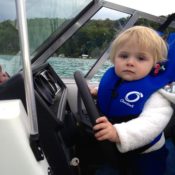
“Every vessel shall at all times maintain a proper look-out by sight and hearing as well as by all available means appropriate in the prevailing circumstances….” Rule 5, Inland Navigation Rules, 33 CFR 83.05
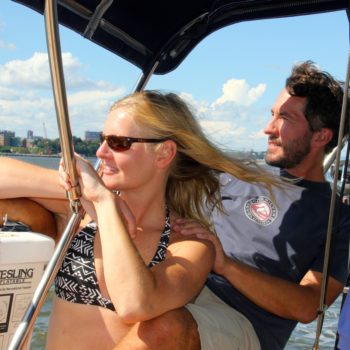
Watches on s/v Blue Moon are eight hours during the day, four hours at night, give or take an hour if one of us is awake enough to give the other a bit of a break. We are usually on a single point of sail with consistent easterly trade winds, so there is very little furling or trimming or helming during watch. Maybe we shorten canvas as the sun is setting to be better prepared for overnight squalls; maybe we trim a bit if the wind backs or the current pushes us off our point of sail; but mostly standing watch means precisely that: watching.
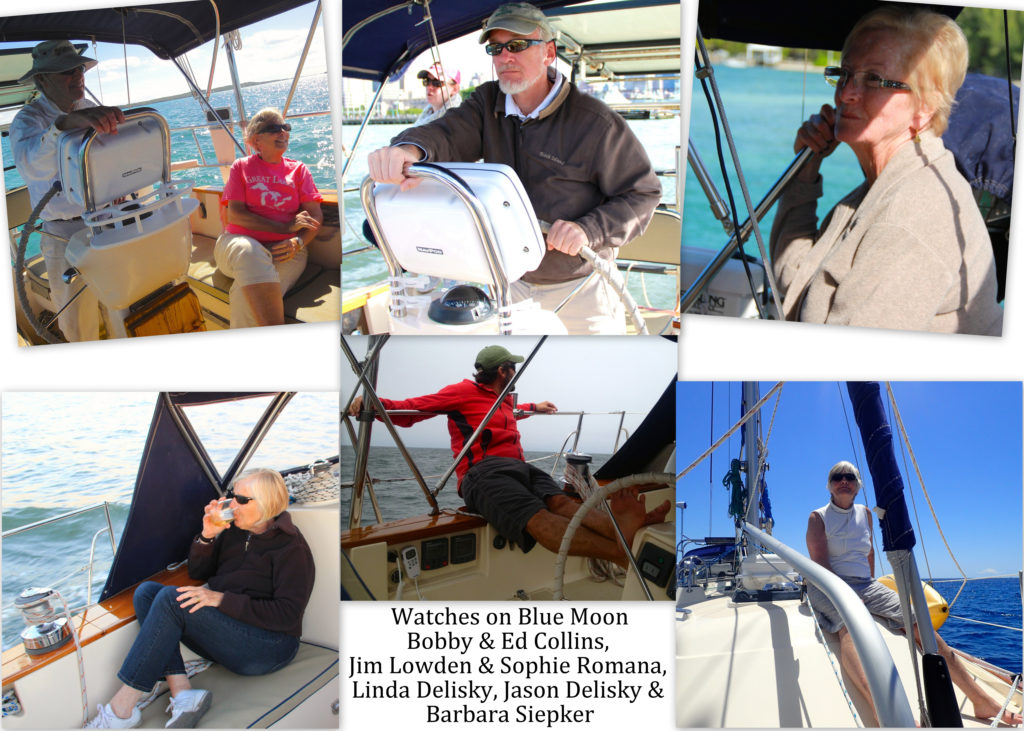
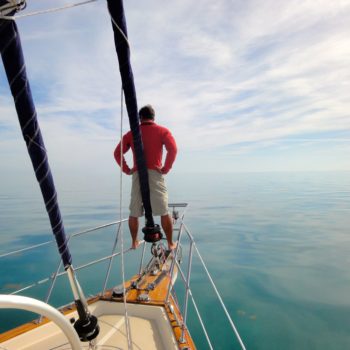
Watching monotonous seas for several hours will tire your eyes and craze your mind. You are constantly looking for something – another boat approaching us, an obstruction floating toward us, a gust of wind rippling the water, a squall line darkening the sky – when there is nothing to see. It’s exhausting and maddening to exert so much effort to a task that will (hopefully) result in the absence of anything. Staring into fog in the Long Island Sound, my eyes were so bleary and my mind was so nervous, I was almost certain I spotted the shadows of several fishing boats that didn’t appear on radar and never materialized as we approached. On overnight watches in the Caribbean, where we may go several watches without seeing another boat, I mistake cresting waves lit by the moon for the sail of an non-existent approaching boat. You see nothing for long enough until your eyes and mind fabricate something.
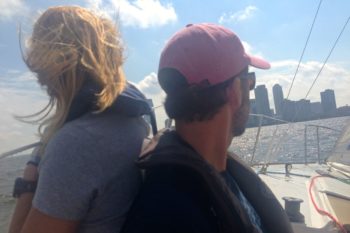
You learn to give your eyes and mind brief periodic breaks on long watches. How long and how periodic the break may be depends upon the captain and crew. On s/v Blue Moon, we have someone awake in the cockpit at all times, though they may entertain themselves with a movie or a book or a podcast, and they may go down into the cabin to make tea or use the head. Single-handed sailors unabashedly admit to sleeping underway, some for long stretches through the night. That’s right, I said it, there are boats out there without proper look-outs.
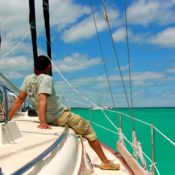
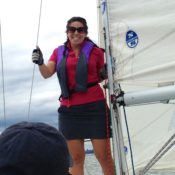
Even if you have your eyes constantly trained on the water in front of you and the horizon around you, even if you have radar and AIS and sonar available and working, many of the hazards would escape your attention. You probably won’t see a waterlogged tree trunk half submerged on the lee side; you’re never going to see a whale surfacing under your hull; and there’s not even a hint of a submerged shipping container to catch your eye. No matter how vigilant you are, from the helm at night, you won’t see most obstructions, and even if you could see them, it’s doubtful you could alter course fast enough to avoid hitting them. The frightening truth is there is always a chance of collision with something you’ve never even seen.
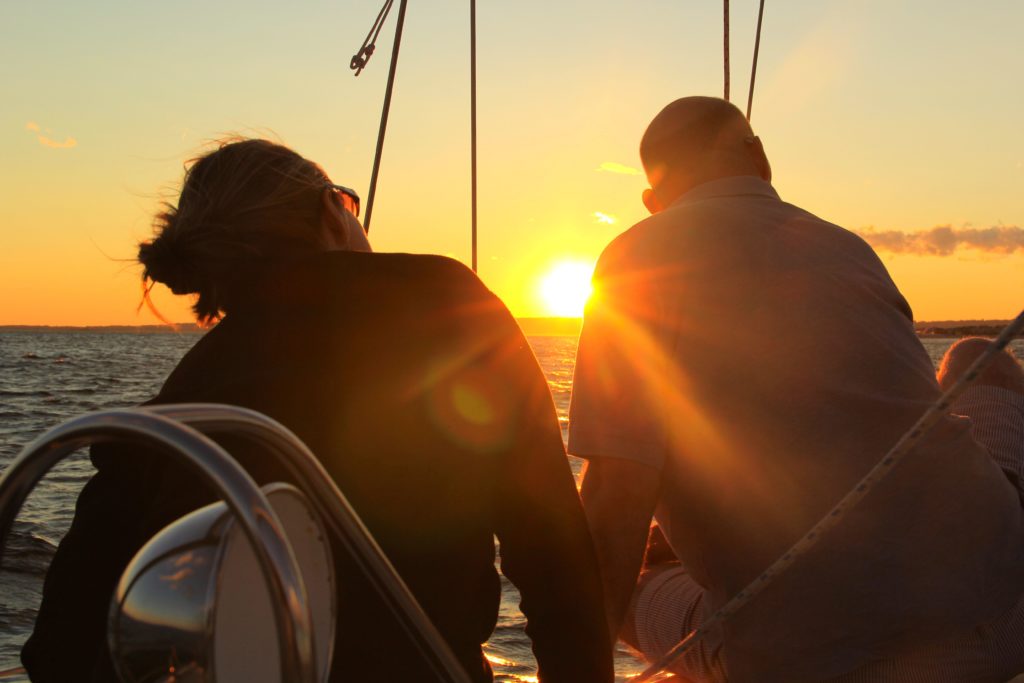
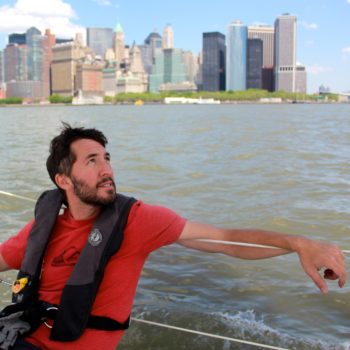
It takes some getting used to – some internal pep talking – to surrender to the risk of the unknown. You do some rationalizations calculating the likelihood of actually making contact with something in the wide open ocean, considering the possibility of actually contracting structural damage to the boat if you did make contact (we’re moving awfully slowly, so is it, fiberglass is pretty tough…) and finally, relying on the fact that we don’t have a sailboat, we have a tank (I <heart> Island Packet) with a full keel integrated into the hull. It’s going to take more than a passing kiss in the night with flotsam to part our keel or separate the rudder. We’re good. I’ve got this.
(If anyone is replaying scenes from All if Lost in their minds right now, please rewind and notice that when Robert Redford’s boat hit the shipping container, the sea was completely becalmed; there is no way a container could be moving fast enough to make that size of a hole in those conditions. It’s called creative license, and Hollywood used it liberally in that movie.)
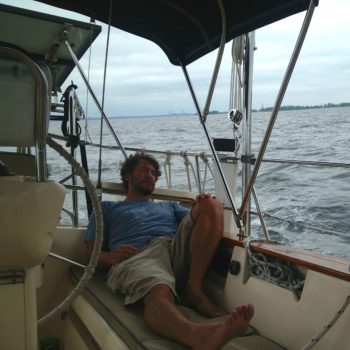
After I’ve done my rationalization, the Captain reminds me that as long as we aren’t plowed into by large commercial vessel, we’re going to survive. We may take on water; the boat may sink if the hole is big enough or if the pumps give out; we may lose all of our worldly possessions; but the liferaft will keep us afloat long enough for a rescue to arrive; and our navigation and communication equipment (redundant to the umpteenth level) will alert the rescuers where to come. I generally try to avoid participating in activities where I may die (it’s a good rule of thumb, I think), so we’re good on that front.
(If anyone is rereading passages from Moby Dick and In the Heart of the Sea in their minds right now…. Yes, whales are a concern. We try not to enrage sea animals that can sink us. And it’s 2017, not 1820; we have EPIRBs and VHF and SSB radios and GPS and waterproof watches and sextants. We will not float for ninety-five days at sea waiting for a rescue.)
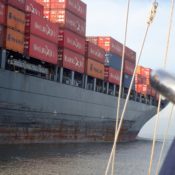
To avoid colliding with another vessel we report our location on AIS, and follow nearby vessels’ locations on AIS; we use our navigational lights and scan the horizon for other vessels’ nav lights; and in limited visibility we use radar to identify any obstructions in our path. If we do see anything, we steer a wide berth, especially when the vessel is much larger than us or is moving much faster than us or is another sailboat. Being vigilant and conservative significantly reduces the likelihood of collision with another vessel, which lets me sleep soundly at night while I’m not on watch.

I don’t mean to sound cavalier about our safety or the safety of other vessels in our path. I take my watches very seriously. If I’m too tired to keep my eyes open, I ask for relief. If I’m unsure of an approaching vessel or shore, I ask for a second opinion. If the weather conditions are more than I’m comfortable with, I ask for help to furl the sails or heave to. I have read the books and the blogs – all of the stories of collisions, of ships sunk at sea, of captain and crew drown – and they stay with me and keep my heart pounding and my eyes peeled through every watch. The true story of Ten Degrees of Reckoning stays with me most. It’s a story of cruisers like us, on a monohull sailboat approaching the shore of New Zealand; they were hit by commercial vessel in the middle of the night; the mother survived to see her husband and two children drown, to see the ship motor away and never face justice. It is a tragic story that breaks your heart and makes you reconsider your decision to surrender to the risks.
But just like I couldn’t let the tales of traffic accidents in New York keep me from biking the city streets, I can’t let the stories of shipwrecks keep me from sailing the seas. Eventually the fear of the unknown subsides, and the trust in your sturdy vessel and your vigilant watches prevails. Be safe, sailors.
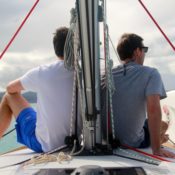


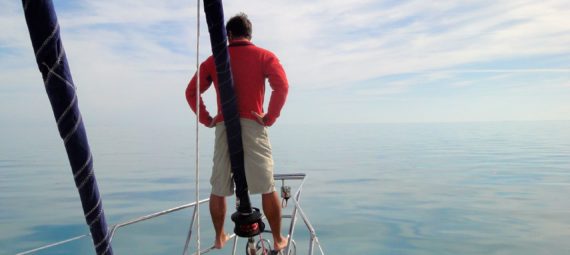
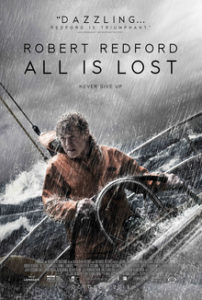
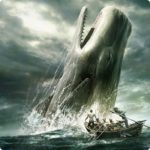
Love reading your words Brita! Keep up the vigilance…stay safe and enjoy!! Hugs to you and Jason!
Really good reading! What binoculars do y’all use?